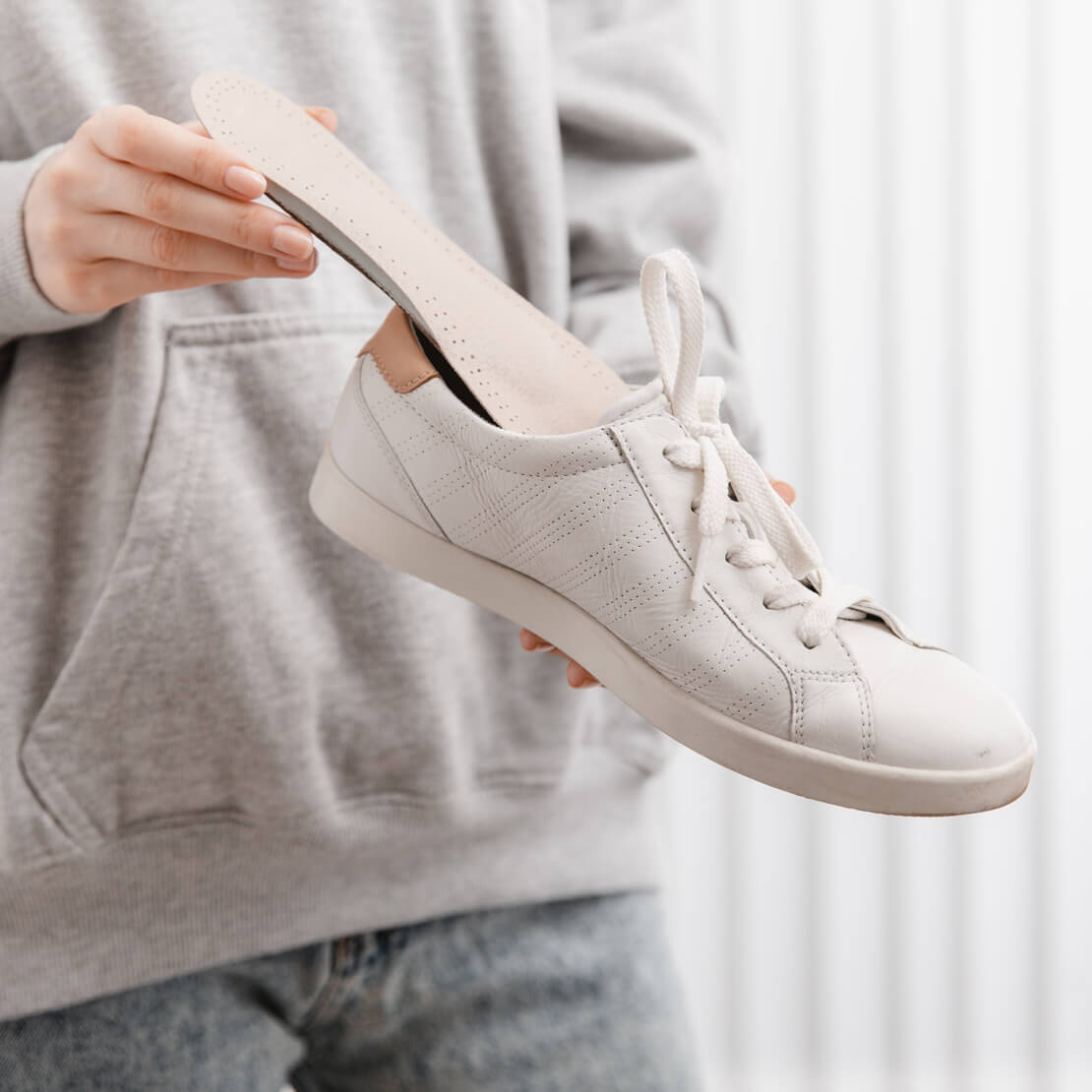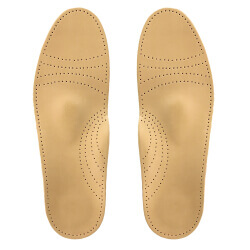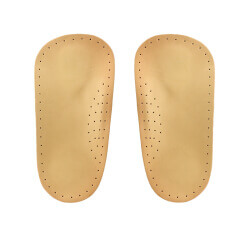How to choose the right orthopaedic insoles?

Introduction
Orthopaedic insoles are medical devices designed to be inserted into footwear to correct various foot problems. They are also known as foot orthoses. They play an important role for people who suffer from foot pain, poor posture or other musculoskeletal conditions. They can also help relieve plantar fasciitis. However, they need to be worn every day to reap the benefits. Orthopaedic insoles serve several purposes by providing support that is tailored and personalised to each pathology. Orthopaedic insoles correct foot problems, provide comfort when walking or running, and improve posture. This article will help you choose the orthopaedic insoles that best suit your needs. You'll find a selection of orthopaedic insoles on our website. Please note: the orthopaedic insoles we sell are not made by chiropodists. They are standard and provide temporary relief for a walking problem. They are not a substitute for medical orthotics prescribed by a chiropodist. If you are experiencing severe pain, you should consult a medical professional such as an orthopaedic surgeon.
Discover our orthopaedic insoleWhy wear orthopaedic insoles?
The purpose of orthotics is to provide relief and correction.
As explained, they correct posture and change the way we walk. The insoles provide adequate support and distribute pressure correctly. These changes ultimately help to reduce the pain associated with walking. They are mainly indicated for foot, knee and back pain. They relieve pain by acting on the arch of the foot.
The effects of wearing foot orthotics regularly are as follows relieve pain:
- Correct misalignment of a bone or joint in the foot, if possible;
- Stabilise joints;
- Prevent musculoskeletal deformities;
- Stabilise existing musculoskeletal deformities;
- Reduce excessive plantar pressure and stress on tendons and muscles.
Each podiatric problem therefore requires a specific type of orthopaedic insole. People with hollow feet or flat feet need different insoles. In both cases, the insoles are designed specifically for their problems. As well as treating existing conditions, orthopaedic insoles can also be used as a preventative measure.
This is often the case for athletes who want to avoid injuries or pain associated with their physical activities.

How should I look after my orthopaedic insoles?
Orthopaedic insoles need to be changed regularly to keep up with the development and progress of walking.
Depending on use and wear, you should replace your insoles every six months to a year to ensure optimum support. Between changes, you can extend their life by following a few simple steps:
- Clean regularly: Clean your insoles with a damp microfiber cloth and air dry. Avoid soaking them in water or exposing them to excessive heat, as this can irreversibly deform them.
- Check for wear: Check your insoles regularly for signs of wear. Damaged or deformed insoles will not provide the support you need.
Conclusion
If you were to take away just three points from this article, they would be:
- Choosing the right orthotic is essential for optimum comfort and good foot health.
- Good care will prolong their life and maintain their effectiveness.
- Don't hesitate to consult a professional for a personalised diagnosis and to have your orthopaedic insoles made to measure.
These insoles are covered by social security and health insurance. Health insurance covers part of the cost of the insoles.
Do not hesitate to explore the options available on Monsieur Chaussure to find the ideal pair of insoles for you.


